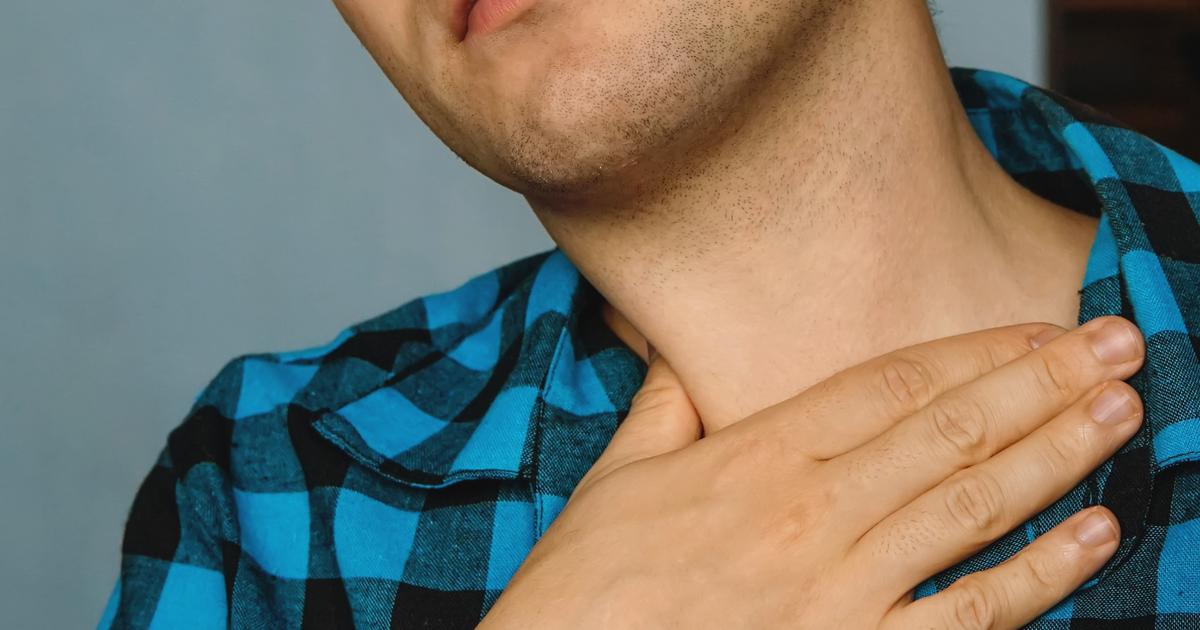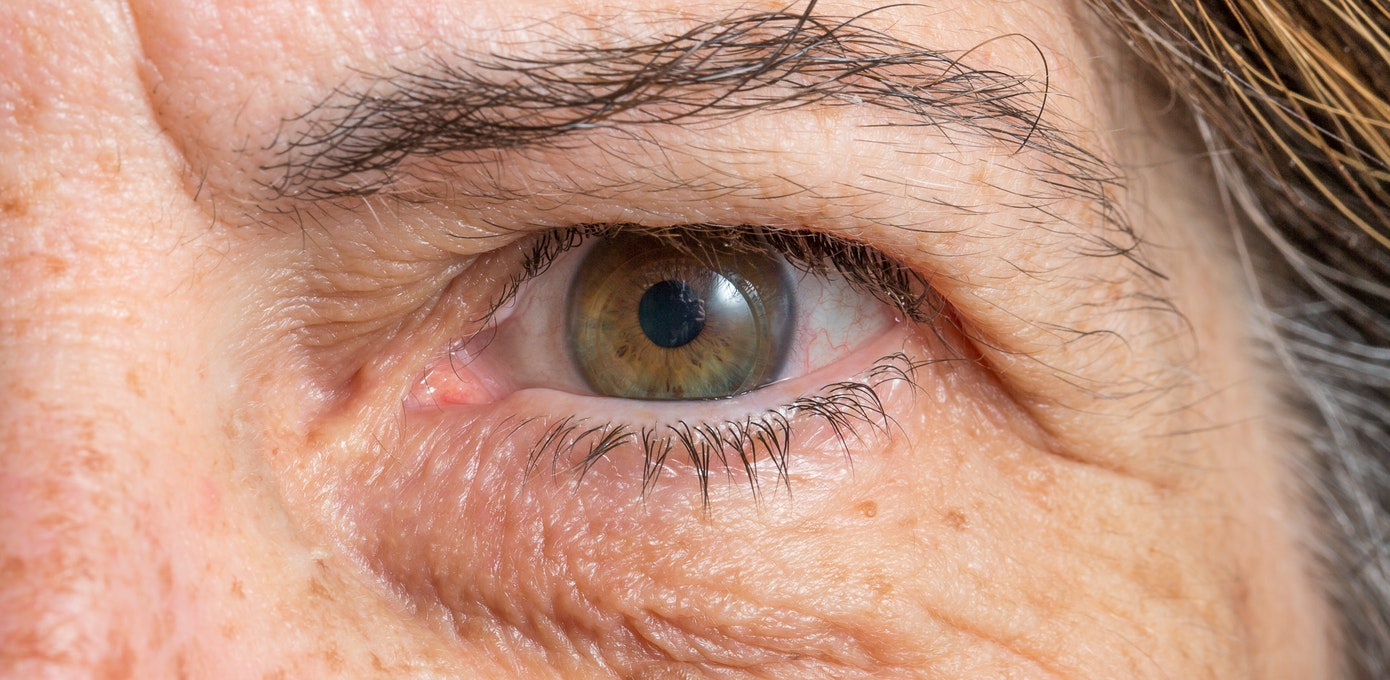Guide To The Symptoms Of Myasthenia Gravis
Myasthenia gravis is a disorder of the nervous and muscular systems that causes muscle fatigue and muscle weakness. It can affect an isolated muscle group or can involve the dysfunction of multiple muscle groups. Myasthenia gravis occurs when the immune system has an abnormal response and produces a type of harmful antibody. These antibodies target and attack receptors called anti-AChR receptors in the junction where a nerve impulse passes from the nerve ending to the muscle. These anti-AChR receptors are present for the binding of a neurotransmitter called acetylcholine that enables the signal to move from the nerve to the muscle. Without these transmitters, the signal to initiate a contraction does not make it from the nerve to the muscle fibers. Multiple tests can be used to diagnose myasthenia gravis, including the edrophonium test, ice pack test, rest test, electromyography, fiber exam, and a specialized blood test. Several characteristic symptoms occur in individuals affected by myasthenia gravis. Get to know them now.
Eyelid Drooping
Myasthenia gravis patients often experience eyelid drooping as a symptom of their disorder. The levator palpebrae superioris complex is the muscle responsible for controlling the movement of an individual's eyelids. The fibers in the levator palpebrae superioris muscle and other extraocular muscles develop tension more quickly and have a higher occurrence of synaptic firing than the other muscles around the body. The tonic muscle fibers are responsible for giving an individual the ability to hold a gaze in any direction. Tonic muscle fibers naturally have a lower number of anti-AChR receptors than other muscles. Because there are fewer receptors, the muscle function is more likely to become impaired from the mechanisms of myasthenia gravis. This mechanism causes affected individuals to experience eyelid drooping in one or both of their eyes. A patient's eye drooping may become worse after gazing upward for an extended period. In individuals affected by eyelid drooping in both eyes, manual opening of one eye often worsens the droop of the other eye.
Continue reading to reveal more myasthenia gravis symptoms now.
Dysphagia

Dysphagia (difficulty swallowing) is a common manifestation of myasthenia gravis in affected individuals. Swallowing is an individual's action of moving food from the mouth, through the throat, down the esophagus, and into the stomach. The action of swallowing occurs in three stages. After food is chewed and blended with saliva, it is placed on the back of the tongue. The individual closes their mouth, and the soft palate elevates to close off the passage between the nasal and oral cavities. Next, the tongue rolls in a backward motion to move food into the channel behind the mouth that both air and food move through. The voice box shifts upward to close off the opening to the air passage, and pressure propels the food into the individual's esophagus. When the food approaches the upper esophageal sphincter, it relaxes to allow food through and closes immediately to inhibit food from moving back into the mouth. From there, rhythmic muscle movements propel the food down the rest of the esophagus into the stomach. Weakness in the muscles that move the tongue, soft palate, pharynx, larynx, esophageal sphincter, or esophagus can cause an individual with myasthenia gravis to experience dysphagia.
Get more details on warning signs of myasthenia gravis now.
